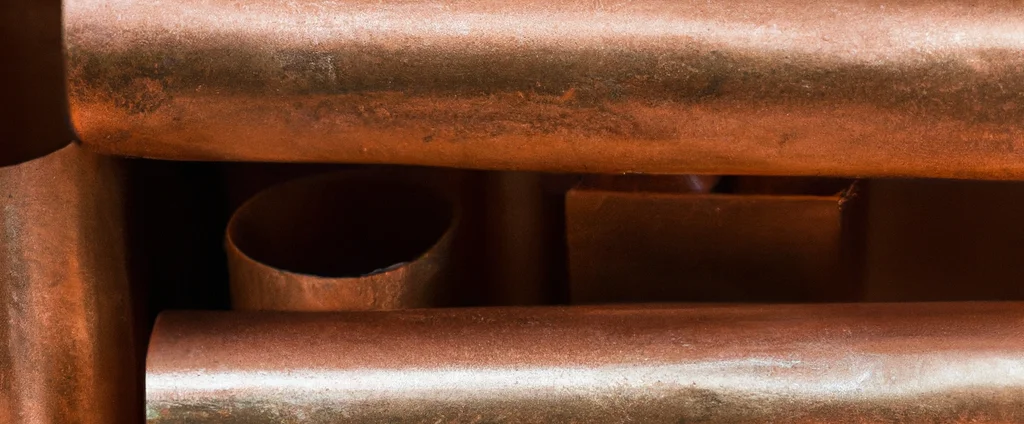Brass (UNS C28000)

Brass C28000, also called Muntz Metal, is a copper-zinc alloy known for its golden appearance, excellent machinability, and corrosion resistance. It is widely used in plumbing, electrical components, and marine hardware due to its well-balanced properties.
| Chemical Composition | ||
|---|---|---|
| Element | Min | Max |
| Copper | 59.0% | 63.0% |
| Iron | —— | 0.07% |
| Lead | —— | 0.09% |
| Zinc | —— | Remainder |
The following table provides a list of brass C28000 properties in both SI and US customary/Imperial units.
Click on the button to switch between Metric and Imperial units.
| Physical Properties | Metric |
|---|---|
| Density | 8390 kg/m3 |
| Mechanical Properties | Metric |
| Tensile Strength (Ultimate) | 330 - 610 MPa |
| Tensile Strength (Yield) | 150 - 370 MPa |
| Shear Strength | 230 - 330 MPa |
| Young’s Modulus (E) | 105 GPa |
| Shear Modulus (G) | 39 GPa |
| Elongation at Break | 10 - 45% |
| Poisson’s Ratio (ν) | 0.34 |
| Thermal Properties | Metric |
| Melting Point | 900 - 905 °C |
| Thermal Conductivity | 123 W/m·K |
| Specific Heat Capacity (Cp) | 375 J/kg·K |
| Coefficient of Thermal Expansion (αL) | 2.08×10-5 1/°C |
| Electrical Properties | Metric |
| Electrical Conductivity | 1.62×107 S/m |
| Electrical Resistivity | 6.16×10-8 Ω·m |
The values in this table are approximate and can vary depending on various factors such as the specific manufacturing process and heat treatment applied to the alloy.
Advantages & Disadvantages of Brass C28000
| Advantages | Disadvantages |
|---|---|
| Excellent machinability | Susceptible to dezincification |
| High electrical conductivity | Limited high-temperature performance |
| Low friction | Relatively high cost |
Applications of Brass C28000
Brass C28000 finds numerous applications across various industries due to its desirable properties. Key applications include:
- Plumbing Fittings: Widely used for valves, faucets, couplings, and connectors due to its corrosion resistance, malleability, and good sealing properties.
- Electrical Connectors and Terminals: The high electrical conductivity makes it suitable for these components, ensuring efficient flow of electricity.
- Architectural Elements: Its attractive appearance and corrosion resistance make it popular for handrails, door handles, decorative trim, and lighting fixtures.
- Musical Instruments: Commonly used in the construction of trumpets, trombones, saxophones, and tubas, providing excellent acoustic properties, durability, and an appealing golden finish.
- Hardware Components: The malleability, corrosion resistance, and low friction properties make it useful for manufacturing screws, nuts, bolts, and fasteners.
- Heat Exchangers: Good thermal conductivity makes it suitable for HVAC systems, refrigeration equipment, and automotive radiators.
- Marine Applications: Corrosion resistance and anti-fouling properties make it ideal for boat fittings, propellers, and underwater components.
